Nike: The Dark Horse of Digital Fitness
How digital workout data can power personalized commerce at scale.
SaaS Pricing is hard. PricingSaaS is your cheat code.
Monitor competitors, track real-time benchmarks, discover new strategies, and more.
Happy Sunday y’all!
Today, I made the first fire of the season in our wood-burning stove and dove deep on one of my favorite companies in the world: Nike. They’re making big moves in digital fitness and getting far less attention than sexier competitors like Peloton, Mirror, and most recently, Apple.
I love that they’re tackling this space from a completely different angle, and believe they have two unique assets that will make them really successful: a massive product catalog and the best athletes in the world.
I would love your feedback. If you enjoy this post, do me a favor and click the “like” button up top (the heart). That way I’ll know which topics are resonating most!
On to this week’s analysis.
Briefing 📋
Swoosh Digital: Nike’s digital strategy has been building towards a dream of personalization at scale. The lynchpin of this strategy is the Nike membership program, which allows Nike to digitize customer interactions. Their app ecosystem allows Nike to collect data on customers that power personalized commerce experiences. One of those apps is Nike Training Club.
Free Fitness: Earlier this year, Nike started giving away Nike Training Club Premium for free in an effort to increase usage. While this worked wonders for acquisition, it puts pressure on Nike to nail their digital fitness offering as monetization and retention are dependent on members actually using the product. Simply put, any recommendation product relies on usage data - the more usage, the better the recommendations. To get usage, Nike needs people to use Nike Training Club in the first place.
The Differentiators: Nike has two unique strengths that differentiate them from competitors in digital fitness: a massive product catalog and the best athletes in the world. Leveraging these assets, Nike can build a differentiated product that will drive members deeper into their ecosystem, power personalized commerce experiences, and cultivate stronger brand loyalty than ever.
For as long as I can remember, I’ve worn Nike.
From my first pair of Jordans (XIs) to my favorite golf shirts, I’ve always donned the check. While their commercials are amazing (my personal favorite), I’m not even sure that’s why I started wearing the gear. At a certain point, I just considered myself a Nike guy. While I know Nike gear didn’t actually make me a better athlete, it always made me feel like a better athlete.
Note: I wore these in 3rd-grade basketball games. Yes, I peaked early.
Nike has a legion of devout customers just like me, who share a similar history with the brand. Athletes who drew inspiration from their ads to go back outside and get another hundred shots up, stalked the aisles of Niketown for the perfect training ensemble, and religiously sported their gear on-court.
Realizing this deep loyalty, Nike created a membership program to formalize and reward brand affinity. At a time when the word community feels cliche and overused, Nike boasts a membership of over 170 million.
Membership is free and offers immediate perks upon sign-up, including:
Access to exclusive merch
First access to specific products based on personal interests
Access to Nike experts for product recommendations
60-day product trials (expanded from 30 days in February)
Free shipping
While rewarding loyalty is one side of the membership, the other side is cultivating it. To increase customer loyalty, Nike’s overarching goal is to deliver personalization at scale. Simply put, Nike may have a legion of loyal customers, but if they know nothing about them, and can’t serve them with better experiences than traditional competitors and DTC upstarts, how long will they remain loyal?
At the core of this strategy are four apps:
The Nike app provides a personalized commerce experience
SNKRS gives (teases) sneaker-lovers exclusive access to new releases
Nike Training Club provides workouts across a wide range of disciplines
Nike Running Club tracks runs and offers challenges and training plans
Nike Training Club gives Nike a seat at the digital fitness table, which has gotten crowded lately.
Last December Peloton lowered the price of its digital app to $12.99 to expand its addressable market.
In June, Lululemon announced the acquisition of Mirror in an effort to create an integrated home fitness and commerce experience among the affluent.
Just this week, Apple announced Fitness+, offering home workouts for $9.99 per month and offering it in their Premier Apple One bundle.
Of course, there’s a long-tail of specialty apps and connected fitness experiences as well. Joe Vennare of FITT Insider recently tweeted a mindblowing list of digital fitness companies that have gotten funding during COVID…🤯
Nike’s strategy with Nike Training Club differs widely from these competitors because they’re approaching it from a different angle. Today I want to dig into the three pillars of growth: acquisition, monetization, and retention, and how Nike can leverage each to achieve personalization at scale, and build an unassailable position in digital fitness along the way.
Pillar 1: Acquisition
At the beginning of the year, Nike Training Club had a perpetual Freemium strategy with a Premium upgrade subscription. Users could access a small batch of workouts for free with the ability to upgrade to the premium plan for $14.99 per month.
After Coronavirus forced people indoors, Nike decided to give away the premium section of the app for free, a move they’re holding in perpetuity. This differs considerably from competitors like Peloton, Mirror, and Apple Fitness+ who monetize through subscription revenue. Given Nike’s goals, the move makes perfect sense.
Traditionally, Nike’s had little visibility into what their customers actually do in their gear. Nike Training Club brings legibility to customers’ fitness habits, and Nike aims to use that workout data to power a personalized commerce experience. By giving the app away for free, Nike is betting that the downstream benefits of personalized commerce will outweigh the subscription revenue they’re forgoing. To be clear, I couldn’t agree more.
That said, this strategy means Nike needs to nail their digital fitness product. To offer personalization at scale, Nike needs to learn about their users, and to learn about their users, Nike needs them to actually use their apps. Given the endless list of competitors, that means Nike needs to deliver a seriously compelling product.
Luckily, they have two tools at their disposal that are uniquely theirs: a massive product catalog and the best athletes in the world.
Pillar 2: Monetization
So what does a personalized commerce experience entail? At the very least, Nike needs to offer the ability to buy products from within the Nike Training Club app, which as you can see below, they’re doing:
Beyond that, Heidi O’Neil, Nike’s President of Consumer and Marketplaces, spoke with Modern Retail in May about what’s been working so far.
Something that’s definitely working for us, with how much people are working out at home, is how much love they are building for our master trainers. We see a great connection when our master trainers recommend product. We are definitely trying to just get super personal, and through data and analytics monitor the types of workouts that are important. For example, we are seeing yoga workouts as really important, so we are creating connected experiences and journeys when we see a consumer interested in yoga, and connecting them to our yoga apparel. Then we see our yoga products trending. We are connecting those journeys from product to workout in ways that we’ve never done before.
O’Neil referenced the seeds of two incredibly powerful strategies for Nike: curation and personalization.
First, there’s curation. I’m a big fan of Joe Holder, one of Nike’s Master Trainers who doubles as the Fitness Editor at GQ. Within my Nike Training Club app experience, there’s a section curating Joe’s favorites.
This feels like a move straight out of Peloton’s playbook. Peloton famously treats their teachers like professional athletes, and after getting exposure to Peloton’s connected subscriber-base, many of their teachers have become true influencers. This works well for Peloton, who doesn’t hire professional athletes as sponsors.
As much as I love Joe Holder, Nike has access to actual professional athletes. By pulling in their top talent to offer product recommendations, Nike could take their curation to another gear. It’s easy to see this evolving to Lebron’s Picks.
Alongside curation, an even bigger opportunity is personalized merchandise experiences. As O’Neil mentioned, they’ve already seen success connecting users to the appropriate apparel for their favorite workouts. Why not take it to the next level and start productizing their recommendation muscle?
With a deeper catalog than any of its digital fitness competitors, Nike could build a true Stitch Fix-for-fitness offering. In fact, they already have some of the infrastructure built out.
As members, all Nike Training Club users get access to Nike Experts for product recommendations and 60-day product trials included with their membership. Since they’re already using workout-specific data to tailor recommendations, why not take the next step and send those products to customers before they even know they want them?
Like Stitch Fix, Nike could charge a styling fee for each shipment as a sign of commitment on behalf of the user, and even offer an exclusive Style-Pass-like upgrade option for members that have proven especially loyal. Another route would be to offer subscriptions. They’ve already experimented in that direction with the recent launch of Nike Adventure Club for kids.
Considering the perks included in the existing membership and their keen focus on personalization, these offerings don’t seem far off. However, any recommendation product relies on usage data - the more usage, the better the recommendations. Perhaps a more important priority than monetization is making sure members actually use Nike Training Club in the first place.
Pillar 3: Retention
In that same Modern Retail interview from May, when asked what Nike’s doing to keep new users interested, O’Neil referenced the Nike Training Club workout library.
We started building up our library of workouts — I think we now have over 185 online workouts — and we’ve expanded the workouts to make sure we are responsive to all fitness levels. We are seeing shorter workouts trending, so we have from 15 minute to 60 minute workouts now. The variation of workouts is more extensive, from yoga to core workouts to total body, and then of course I mentioned we layered in the streaming on YouTube, with our master trainers every week.
It may seem like Nike’s workout offering is a bit scattershot, but going broad is key to their strategy. Every small difference in workout-type is another opportunity to further personalize a member’s experience. Based on their recent growth, it seems like their classes are resonating. However, there’s another frontier of workouts that Nike is well-equipped to offer and haven’t tapped into yet.
While most digital fitness apps offer either a range of general fitness workouts or specialized workouts within one discipline like yoga or HIIT (High-Intensity Interval Training), Nike has an edge in a different kind of workout: sports-specific skill development.
Rather than stopping at general fitness like many of its competitors, Nike can expand their library to include skill-development workouts that they can offer in partnership with their sponsored athletes. I’m not sure how much MasterClass paid Steph Curry for his basketball masterclass, but whatever the amount, Nike can afford it. They could even create intuitive incentives to encourage athletes to participate as part of their endorsement deals.
Along with giving Nike another axis for personalization, this would also open up Nike Training Club to a younger audience. Athletes in middle school and high school are still honing their craft, and would likely be more interested in workouts that are specific to their sport than general fitness workouts.
Case in point, when I was in 7th grade, I really wanted to dunk (I was 4’10, but ambitious!). To help, I bought a workout series on videotape called Air Alert that promised to increase my vertical by 8 to 12 inches.
Long story short, it didn’t, and I remained doomed to a life of lay-ups, but I was more than willing to pay for a program that would take me to the next level in my favorite sport.
While Nike Training Club does offer a small collection of athlete-branded workouts, they’re led by their Master Trainers. Again, nothing against Nike’s trainers, but having athletes lead their own workouts would increase engagement by giving fans deeper access. Whether it’s dribbling mechanics with Kyrie Irving, agility workouts with Megan Rapinoe, or core strength with Rafael Nadal, Nike has a wealth of options.
Beyond expanding their workout library, there’s another natural path for Nike to increase loyalty and retention: continue expanding the rewards program.
In the past, Nike has experimented with gamification, workout-driven rewards, and partnerships, leading to some really creative offerings. Along with exclusive access to Nike products, they’ve offered a free month of Apple Music, five free classes with ClassPass, and 40% off Headspace. While these offers are compelling, focusing on community could make the program even stickier.
It would require some serious engineering to build a Peloton-like Leaderboard for 170M+ members and counting, but they could start by codifying member tiers and formalizing a hierarchy of rewards. Increasing exclusivity with each reward could drive competition and encourage participation. Plus, giving members something to work towards, and rewarding them with exclusive items that signal their dedication will make them far less likely to take their digital workouts elsewhere.
The Future of Swoosh
While you used to be able to find Nike products all over the place, that’s changing fast. The company recently closed accounts with 9 wholesalers as part of their mission to double down on direct relationships with customers.
By offering Nike Training Club and the broader membership for free, Nike’s exchanging physical accessibility with digital accessibility. As they continue shifting customer interactions to their digital channels, they’ll cultivate data that will allow them to serve customers better than they ever have.
While the Nike of my childhood was great at inspiring, their influence stopped there. The new Nike isn’t just hawking shoes but giving their customers the resources to reach their fitness goals. Peloton has proven that helping customers get fit can create cultish loyalty, and that’s without the personalized commerce opportunities Nike can offer. Nike already has a loyal customer base, but fitness experiences will help them establish even deeper bonds with customers.
Other brands may grab the headlines, but Nike’s putting in some serious work behind the scenes. As a Swoosh-lifer, I’ll be watching closely, and hopefully picking up some fresh new personalized gear along the way.
Enjoying Good Better Best?
If you enjoyed this post, I’d love it if you hit the “like” button, that way I’ll know which posts are resonating the most!
If you have thoughts or feedback, I’d love to hear from you! You can find me on Twitter here.





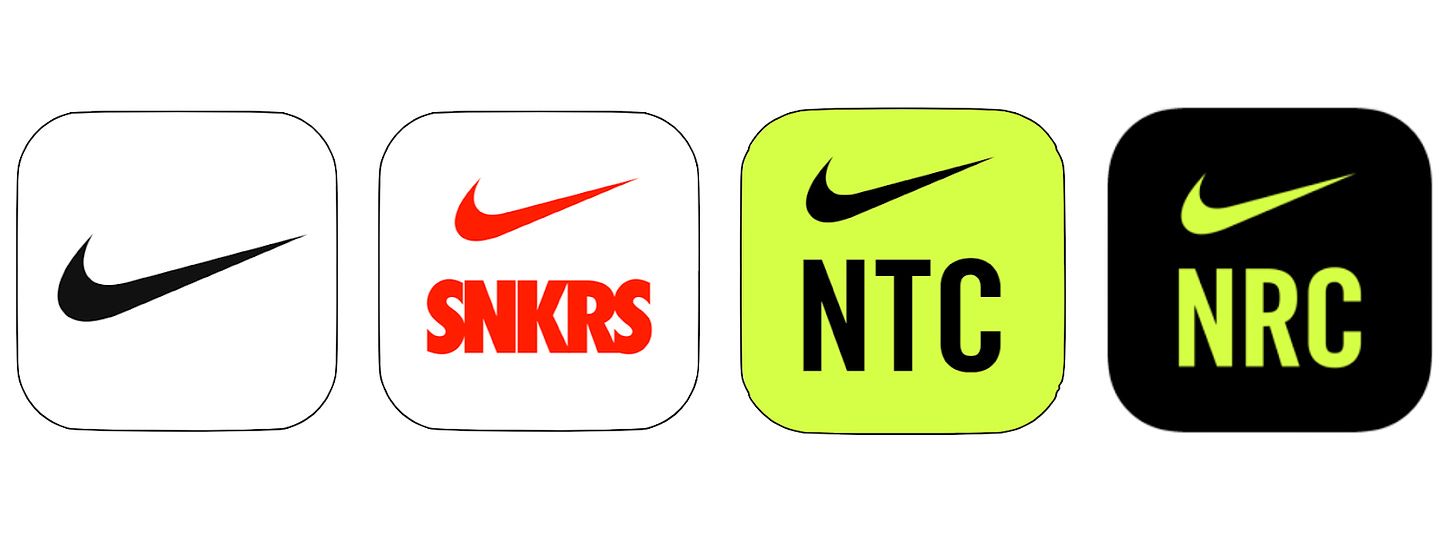
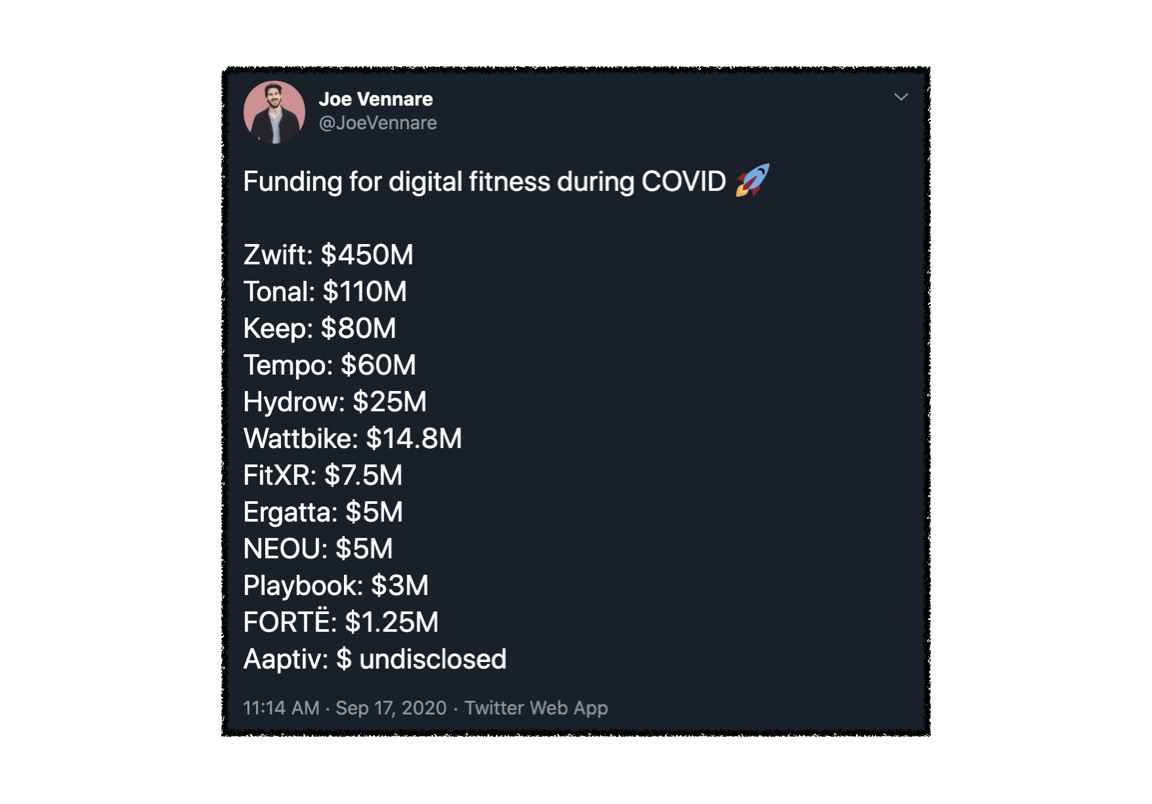
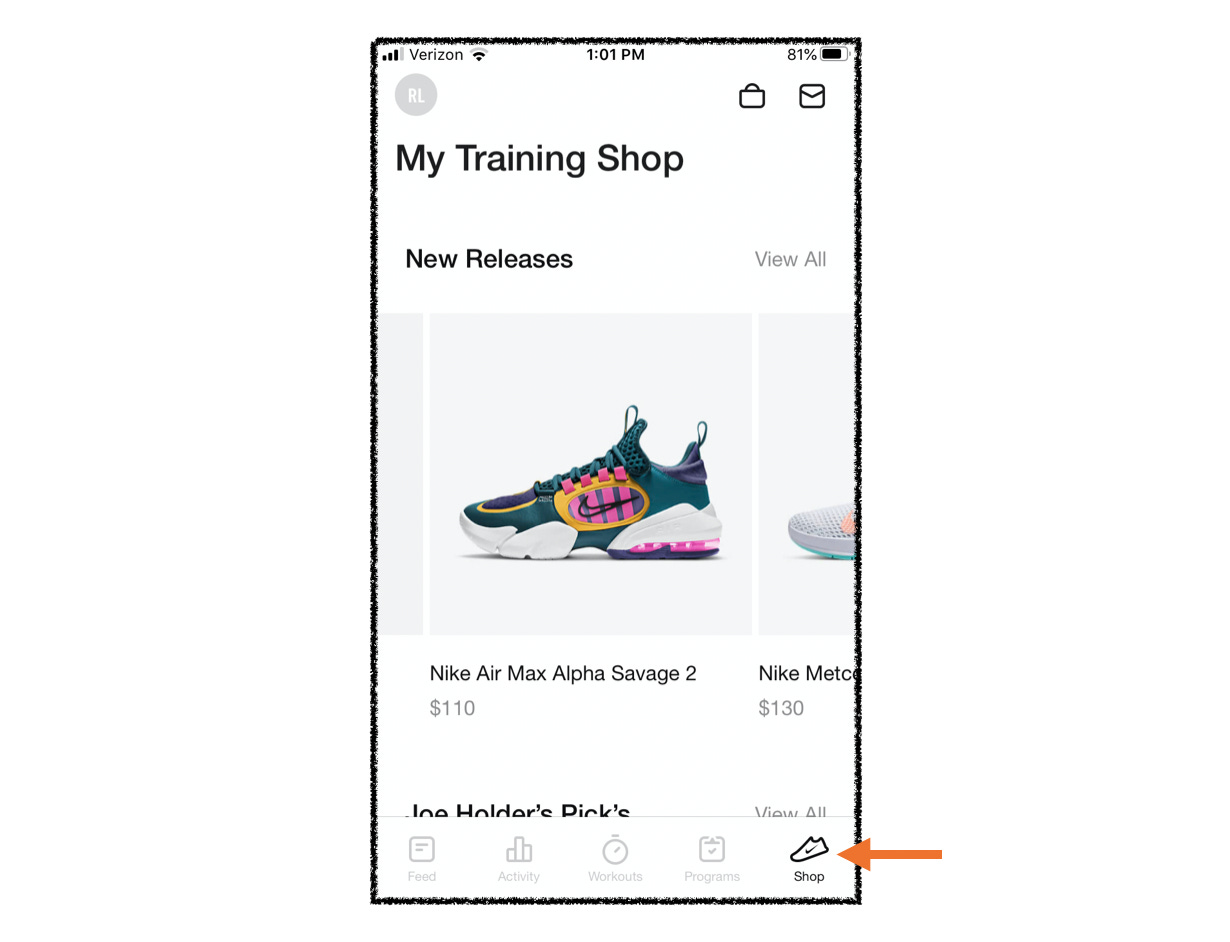
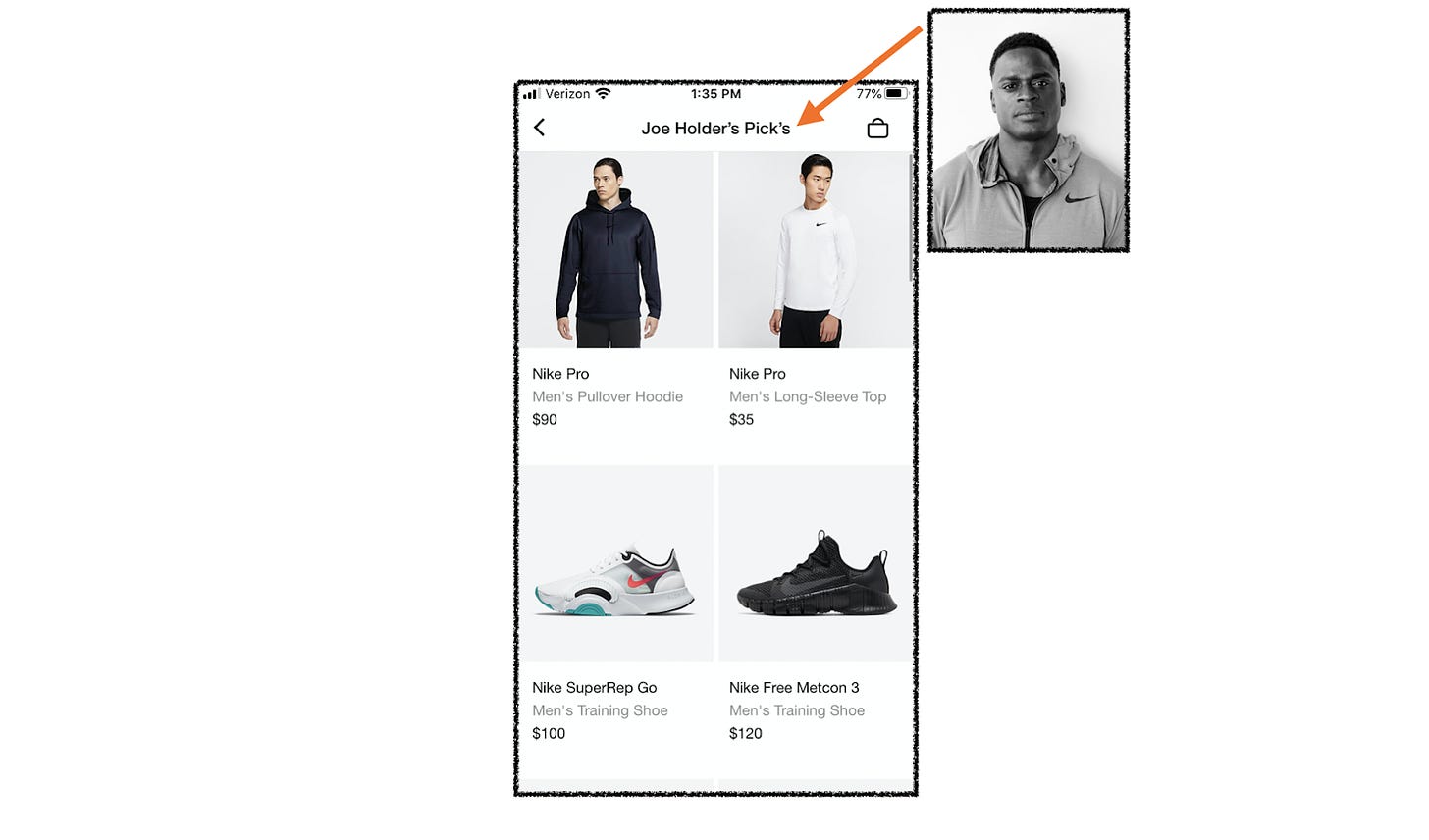

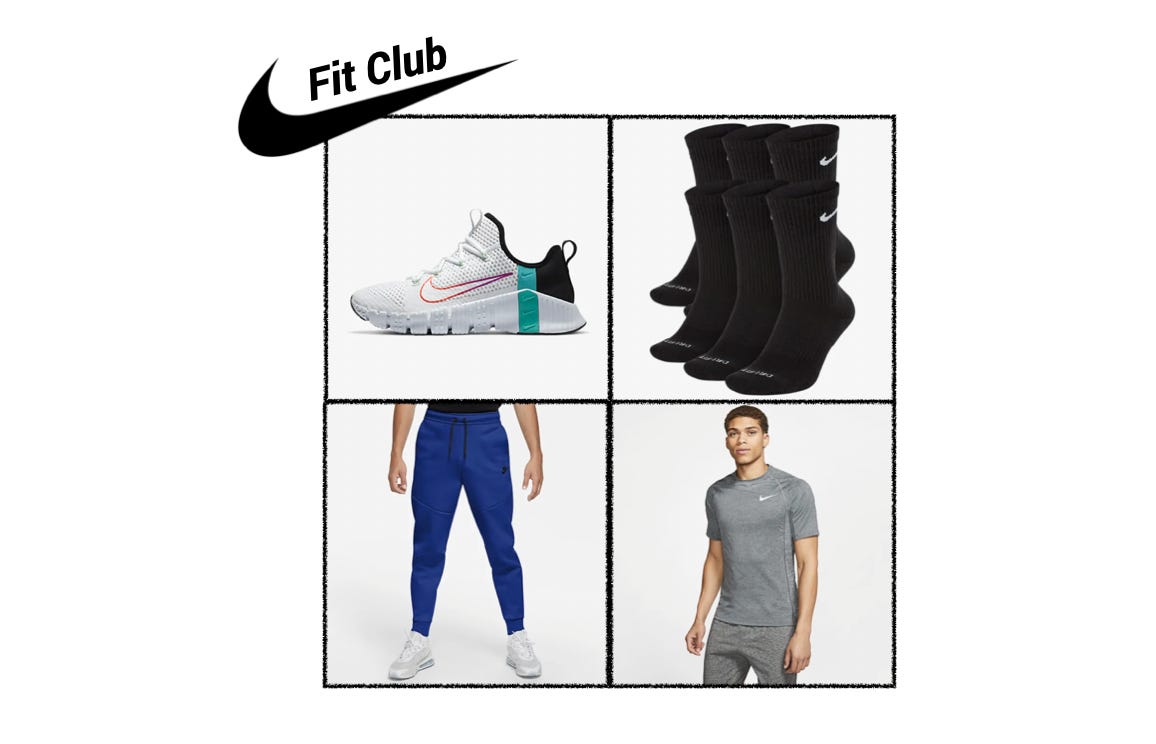
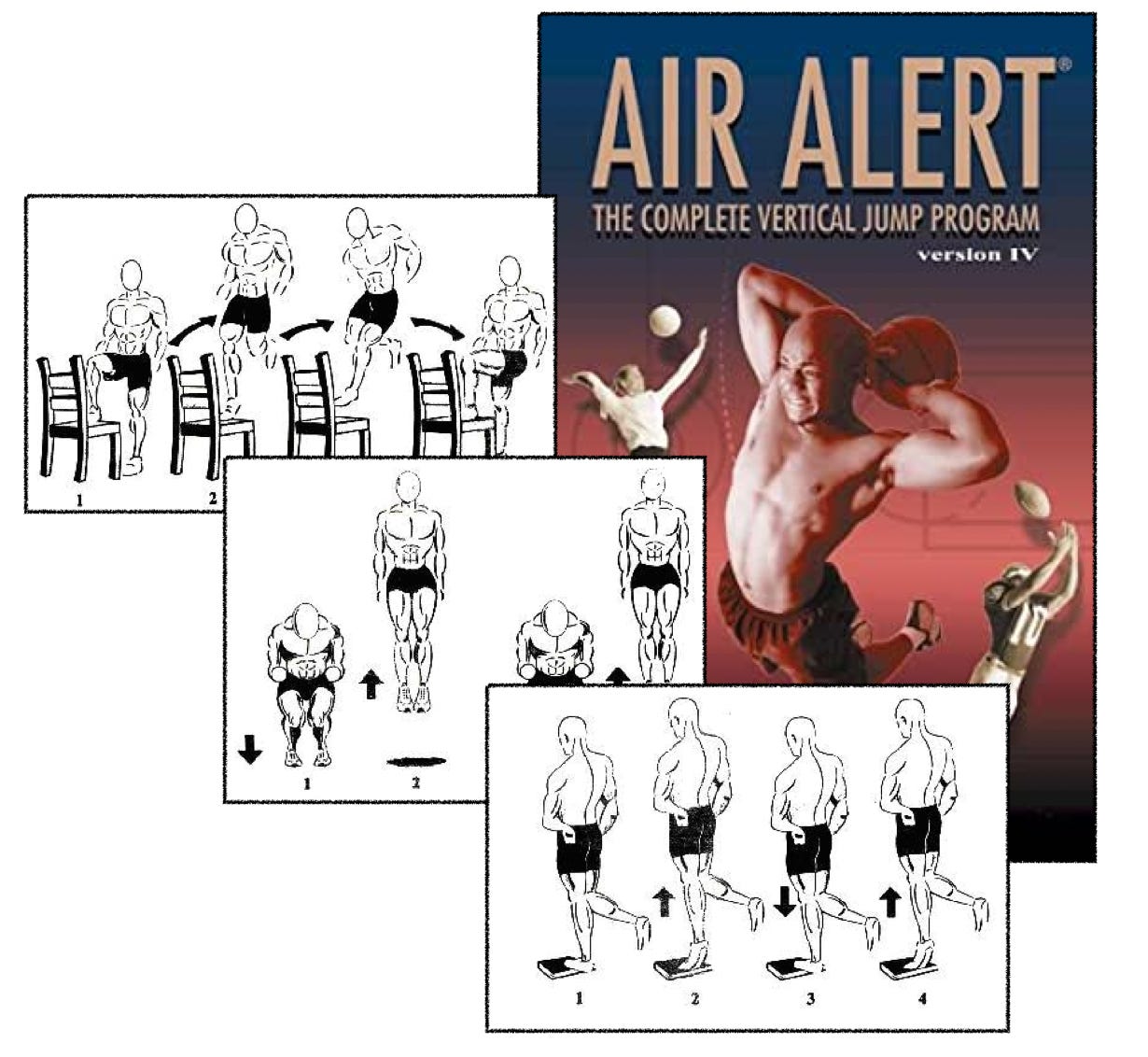
Great post and perfect timing. I’ve been thinking about shopping for a good workout app that includes yoga. I hadn’t thought of Nike, but now I will definitely check it out! Thanks!